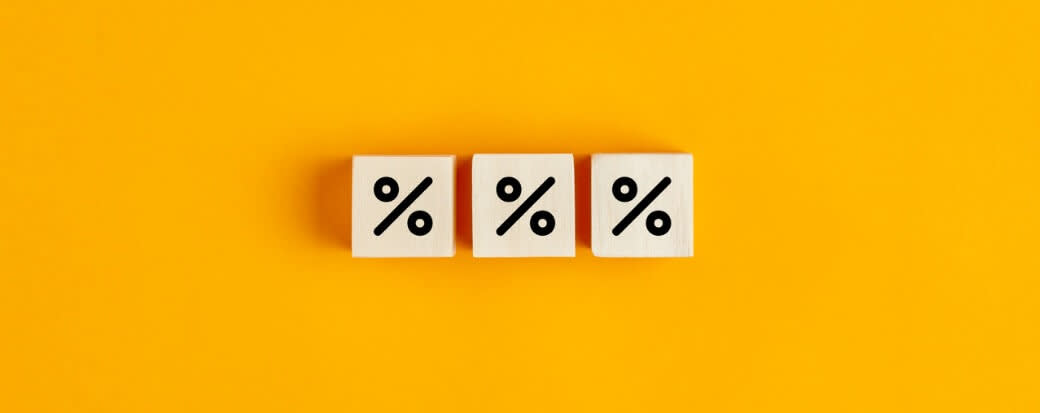Average Personal Loan Interest Rate

Share this article:
Editor’s note: Lantern by SoFi seeks to provide content that is objective, independent, and accurate. Writers are separate from our business operation and do not receive direct compensation from advertisers or network providers. Read more about our Editorial Guidelines and How We Make Money.
What Is a Personal Loan?
What Is Interest Rate vs APR?
Interest Rate
APR
What Is the Average Personal Loan Interest Rate?
What Is a Good Interest Rate for a Personal Loan?
What Impacts Interest Rates for Personal Loans?
Credit Score
Debt-to-Income Ratio
Employment
Income
Loan Amount
Loan Length
Collateral
Benchmark Rates
Tips to Try to Reduce Your Interest Rate
Consider a Cosigner
Refinance an Old Loan or Negotiate a Lower Rate
Look for a No-Fee Loan
What to Look for When Comparing Personal Loan Offers
APR
Fees
Loan Length
Monthly Payment
Potential Discounts
Interest Rates for Personal Loan Alternatives
Credit cards. The average interest rate on a credit card assessed interest is 21.37% as of the first quarter of 2025, according to Federal Reserve data. Payday loans. The APR on a payday loan vs. personal loan can range from 261% to 782% depending on lender fees. Overdrafting. Financial institutions may charge overdraft fees as high as $36 per occurrence whenever they finance a transaction that leaves a customer with a negative bank account balance — rivaling payday loan fees. Friends and family loans. Some of your relatives and friends may offer you interest-free or low-interest loans.
The Takeaway
Frequently Asked Questions
Photo credit: iStock/cagkansayin
LNTPL-Q225-025
About the Author
Kim Franke-Folstad is an award-winning journalist with 30 years of experience writing and editing for newspapers, magazines and websites. Her work for SoFi covers a range of topics related to personal finance, including budgeting, saving, borrowing, and investing.
Share this article: